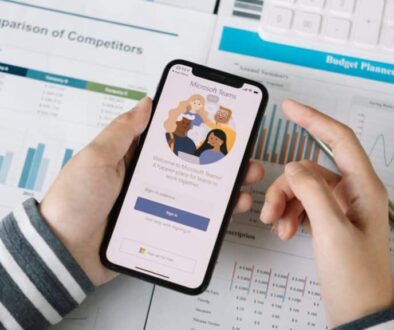Millennials Change The Rules of Customer Experience
Proof Millennials are Changing the Rules of Customer Experience

The baby boomer generation (those born between 1946 and 1964) has been a very dominant force in society for much of the latter half of the twentieth century and the early part of the twenty-first. However, as the baby boomers reach retirement age, their influence is starting to diminish, along with their spending power, in all facets of daily life.
Generation X (born in the 60s and 70s) came after the boomers, and while they grew up with early versions of today’s technology, they had to learn and adapt to it over a period of time.
However, members of the millennial generation (born in the 80s and early 90s) were born into the technological era and for the most part, have never known a time when there weren’t computers, fast internet and mobile technology everywhere.
Millennials, representing a third of the population, are now entering the workplace en masse. As consumers, millennials are starting to have significant spending power and influence.
To an extent, this generation has rejected the traditional PC and traditional phone call that their parents may have introduced them to in favor of all things mobile.
Millennials tend to be far more comfortable communicating by email, text message, web chat and social media from a mobile device. In fact, in many cases, a traditional voice call is seen as old-fashioned—something mainly used to keep in touch with parents and grandparents.
This has huge impacts for businesses wanting to access the spending power of millennials. Respected market research organizations are pointing to the fact that, over the coming years, companies will no longer be able to rely on a basic call center to handle phone enquiries and to process new business. How do today’s customers want to communicate with you?
- Synthetix points out that 90 percent of today’s consumers will always check a website before contacting a company
- The Harris Poll found that 64 percent of consumers prefer texting over voice as a customer service channel
- Sixty-three percent of online consumers said they were more likely to return to a website that offers live chat, according to Forrester
- Twenty-five percent of consumers utilize one to two channels when seeking customer care and 52% of consumers utilize three or four channels, reports Ovum
- Convergys asserts that the number of consumers preferring automated self-service has doubled to 55% in the last five years
As a result of these rapidly evolving mobile trends, a complete customer experience is (or should be) top of mind for C-level executives. It’s becoming increasingly clear that customers are powerful word-of-mouth marketers; a positive customer experience can result in 69 percent of customers recommending a company to others. On the flip side, 79 percent of customers will readily share any negative experience (Harris Interactive).
An engaged consumer buys from your business 90 percent more frequently, spends 60 percent more per transaction, and is five times more likely to indicate exclusive loyalty to your brand (Rosetta).
Adding further weight to this, Harvard Business Review reports that customer experience leaders grow their revenue more than twice as fast as laggards.
For organizations that are currently relying on voice-only call centers, these new trends require a shift in mindset toward building a completely customer-centric organization. It means embracing the new digital technologies in your contact center to exceed customer expectations, weaving the customer into the fabric of the business and responding with agility at all times.












